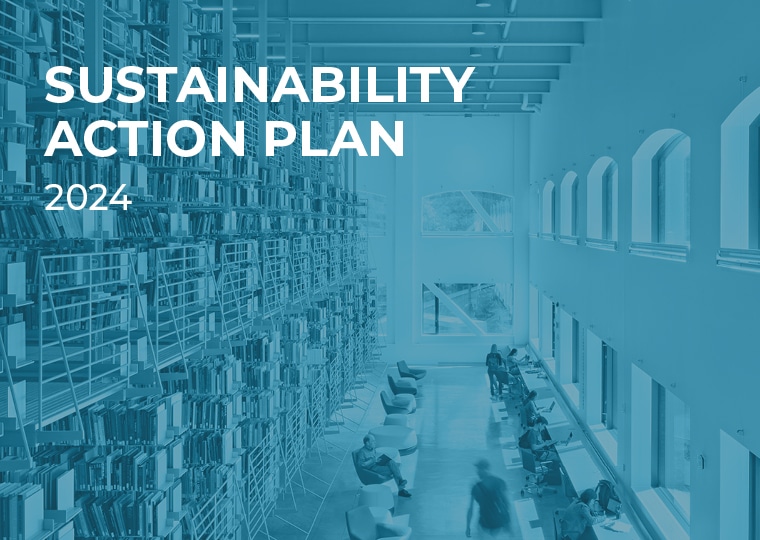
The built environment’s impact on global CO2 emissions is undeniable, with building operations accounting for 27 percent and embodied carbon – CO2 that is released during the extraction, transportation, manufacturing, construction, and disposal of building materials – contributing an additional 15 percent. The urgency to address this issue is underscored by the United Nations’ call for carbon neutrality by 2050. As structural materials account for at least 50 percent of the embodied carbon within new construction, structural engineers, including our team within STV’s Buildings group, find themselves in a unique position to drive change.
In recent months, STV’s Buildings group has been collaborating closely with our sustainability and digital advisory experts to reduce the firm’s embodied carbon footprint via material choices and data-driven design. After signing the Structural Engineers 2050 Commitment (SE 2050) earlier this year, STV proudly submitted its first annual Embodied Carbon Action Plan (ECAP) last month.
The SE 2050 Commitment Program, developed by the Structural Engineering Institute (SEI) of the American Society of Civil Engineers (ASCE) as a response to the Carbon Leadership Forum’s (CLF) SE 2050 Challenge, aims to ensure substantial reductions in embodied carbon within the structural engineering profession. The initiative is modeled after the Architecture 2030 reduction targets for operational energy and runs in parallel, focusing on structural embodied carbon. The program’s mission is to prioritize the reduction of embodied carbon and the use of less impactful structural materials, working towards achieving net-zero embodied carbon structural systems by 2050.
STV’s ECAP represents the first step in fulfilling the firm’s SE 2050 Commitment, comprising an action plan to provide our staff with specialized training in embodied carbon reduction methods and to track our projects’ global warming potential (GWP) – the primary metric for embodied carbon.
The second piece of the commitment involves implementation and accountability – engaging in sustainable project objectives, specifying low carbon impact materials, and evaluating the embodied carbon impact of projects using components of life cycle assessment (LCA) methods that focus on quantifying carbon.
The third part of the commitment is tracking, analyzing, and sharing GWP data of structural systems to refine industry baselines and develop annual reduction targets. To achieve this, STV developed its own Carbon Dashboard.
“This tool allows us to track and measure sustainable materials data, quantify goals, and enhance processes and outcomes,” said Lauren Alger, P.E., ENV SP, STV director of sustainable design. “The digitalization of this data allows us to visualize trends in real-time and establish a comprehensive understanding of our sustainable design programs and initiatives.”
The dashboard not only serves as a database that streamlines the process of uploading and reporting project data to SE 2050, but also extends STV’s commitment by enabling the analyses of additional metrics beyond SE 2050 requirements. It provides a comprehensive platform for our structural engineers to examine individual projects, make informed material choices, and perform side-by-side comparisons of carbon intensity metrics across different projects.
“Using the dashboard, our aim is to pinpoint the highest embodied carbon impacts within structural systems, and iteratively reduce the carbon footprint of current and future projects through material and system modifications,” said Meghan Timmons, ENV SP, sustainability planner at STV.
To delve deeper into STV’s efforts to reduce embodied carbon, you can read the insights shared by Lauren Alger and STV Associate, Structural Engineer and Embodied Carbon Champion Matthew Post, P.E., in their recent interview with Civil + Structural Engineer Magazine.






